A Brief History
In the years 1997 to 2002, Sony launched several digital cameras under the name "Mavica / Digital Mavica / FD Mavica", which used standard 3.5" floppy disks for storage. At that time, digital cameras used either internal flash memory (which made them more expensive) or early removable flash media such as Compact Flash or Smart Media cards for storage, which were also still very expensive.
The use of 3.5" floppy disks solved both of these problems and also made it very easy to transfer the photos to a PC, as every PC at that time was equipped with a floppy disk drive.
The drawbacks were very slow recording times (especially with "high-resolution" images of 1024x768 and more) and the limited storage space on the disks themselves - external flash media soon became much larger and prices dropped as well.
Sony tried to counter these developments with the introduction of CD-Mavicas in 2000, which used (mini-)CD-Rs (later: mini-CD-RWs) as storage media, but these were also taken off the market shortly after the FD-Mavicas, in 2003.
The first Mavicas (as well as "later" budget models) were equipped with a 0,35 MP sensor and thus limited to a maximum resolution of 640x480. The highest resolution among (FD-) Mavicas is 1600x1200 on models with a 2,1 MP sensor, like the "final" FD Mavica, the MVC-FD200.
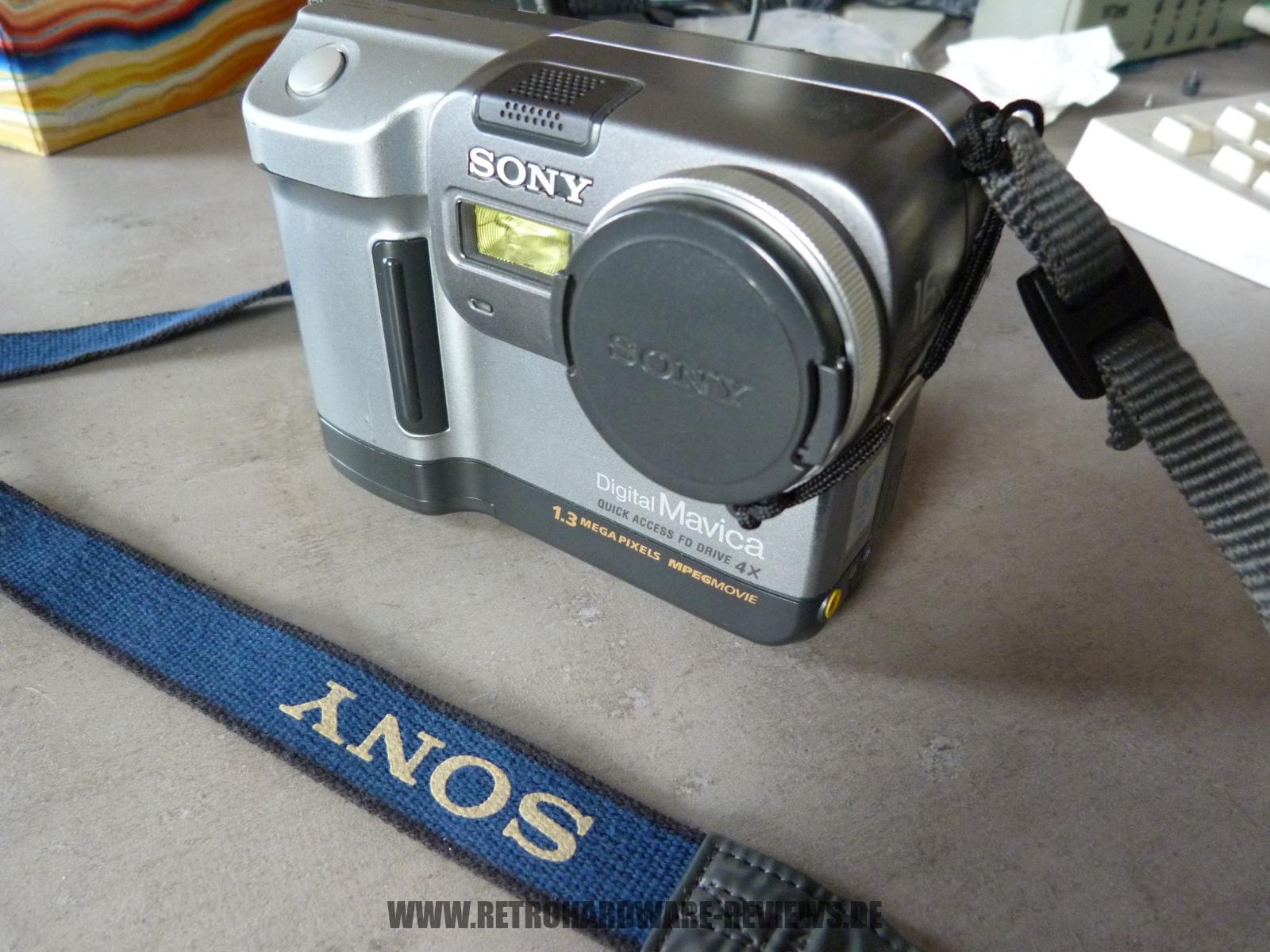
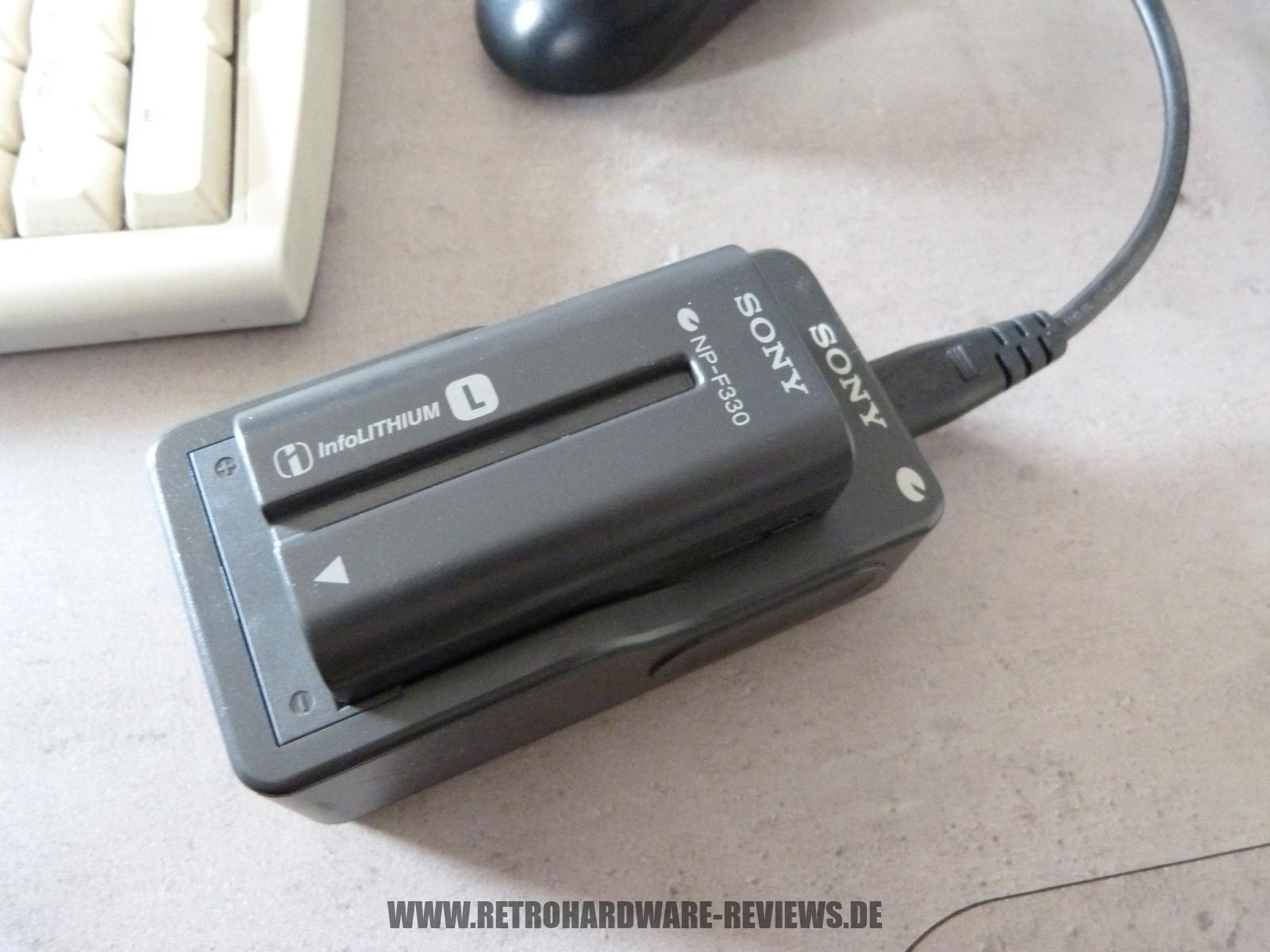
My Sony Mavica
I have the MVC-FD88 model from 1999, which is equipped with a 1,3 MP sensor that enables it to take pictures with a resolution of up to 1280x960. It features different settings / programs (landscape, low light, sunset etc.), as well as a macro mode, a manual focus mode and some picture effects (b&w, sepia, etc.).
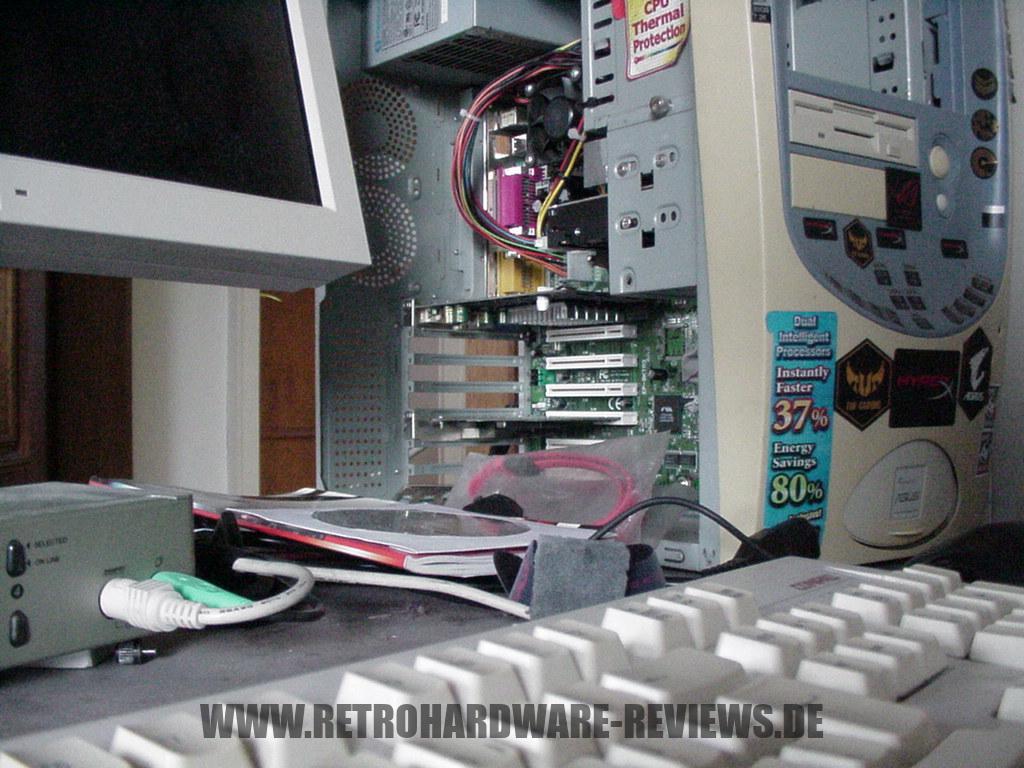
Standard
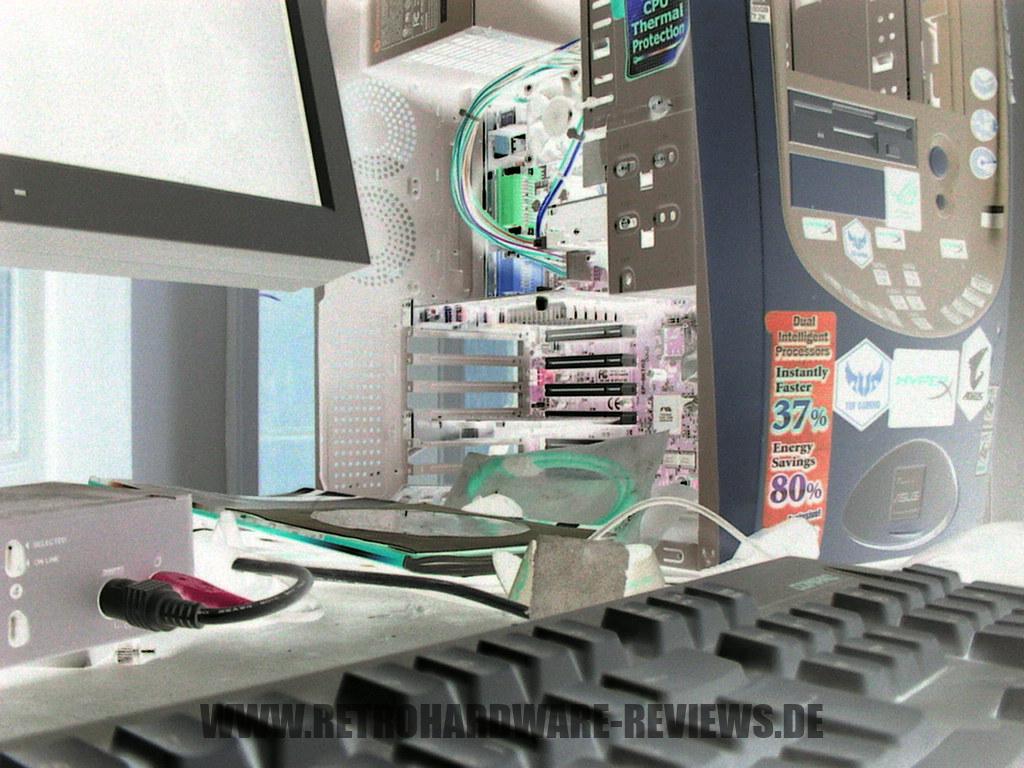
Invert

Sepia
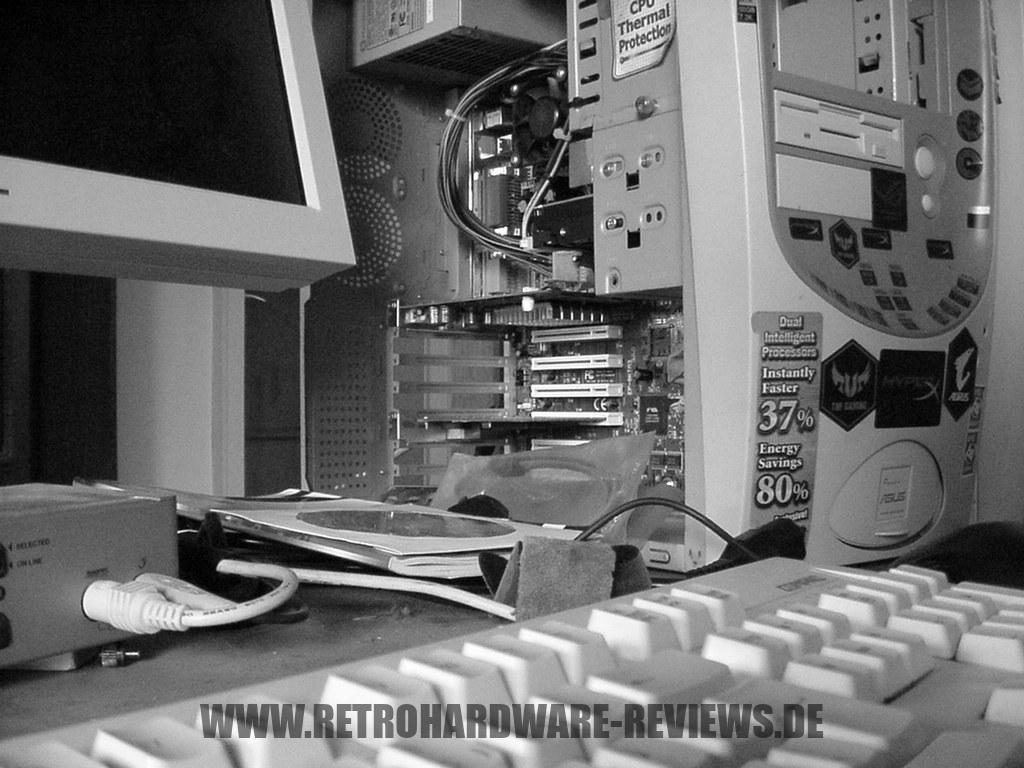
B'n'W
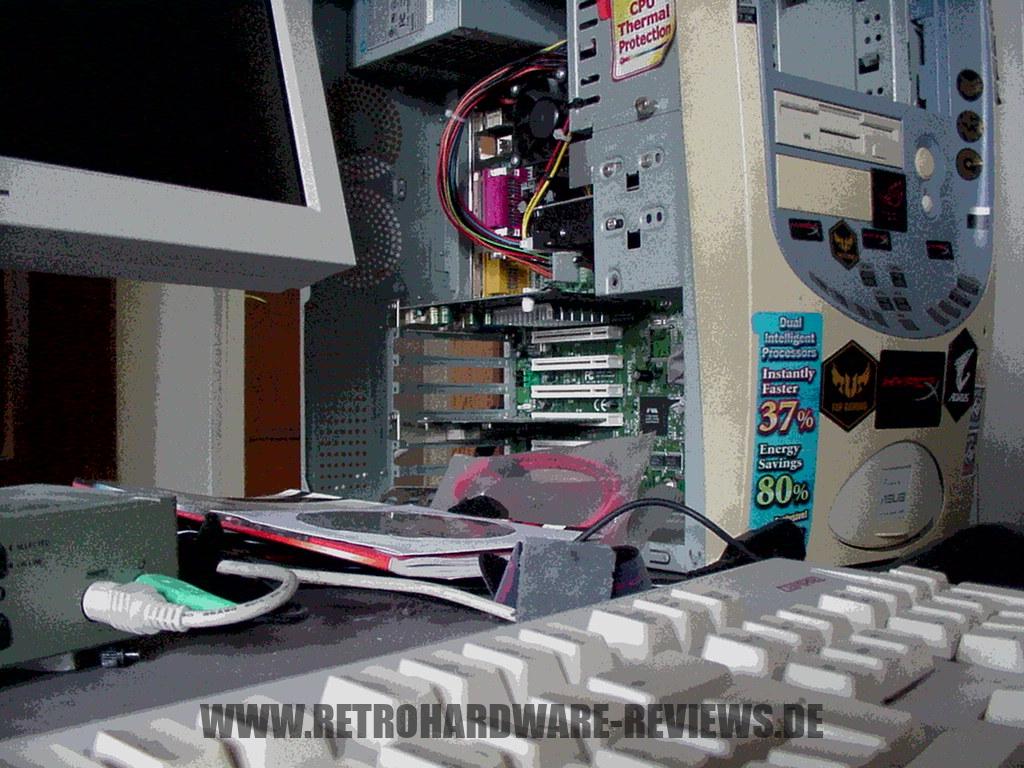
Solarize
Most of these features are of limited use, as it is difficult to see details on the 2.5-inch color display, especially when shooting distant subjects. But, to be honest, who would use such a camera today to achieve the best possible image quality? In my opinion, it is qualified for two tasks these days, and it excels in both of them:
- Auto-apply a proper "Nostalgia-Filter" on every picture taken
- Create a proper nostalgia feeling with every picture taken (and transferred 😉 )
Taking pictures with the Mavica and transferring them to a PC is a very decelerating process. First of all, shooting a single 1024x768 resolution picture can take more than 20 seconds (!). During all this time, you can hear the Mavica's disk drive rattling and working hard to save the captured photo to the disk.
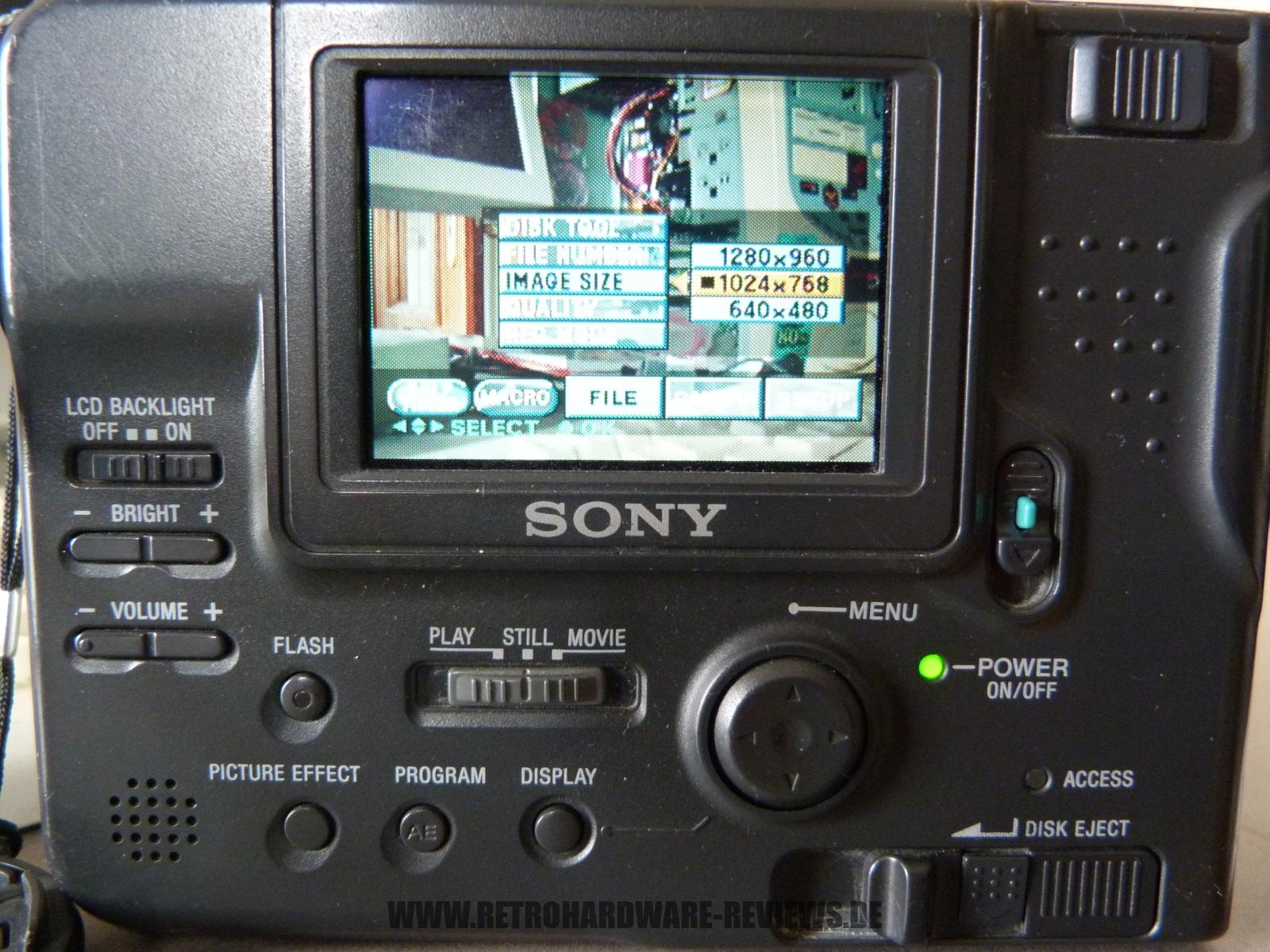
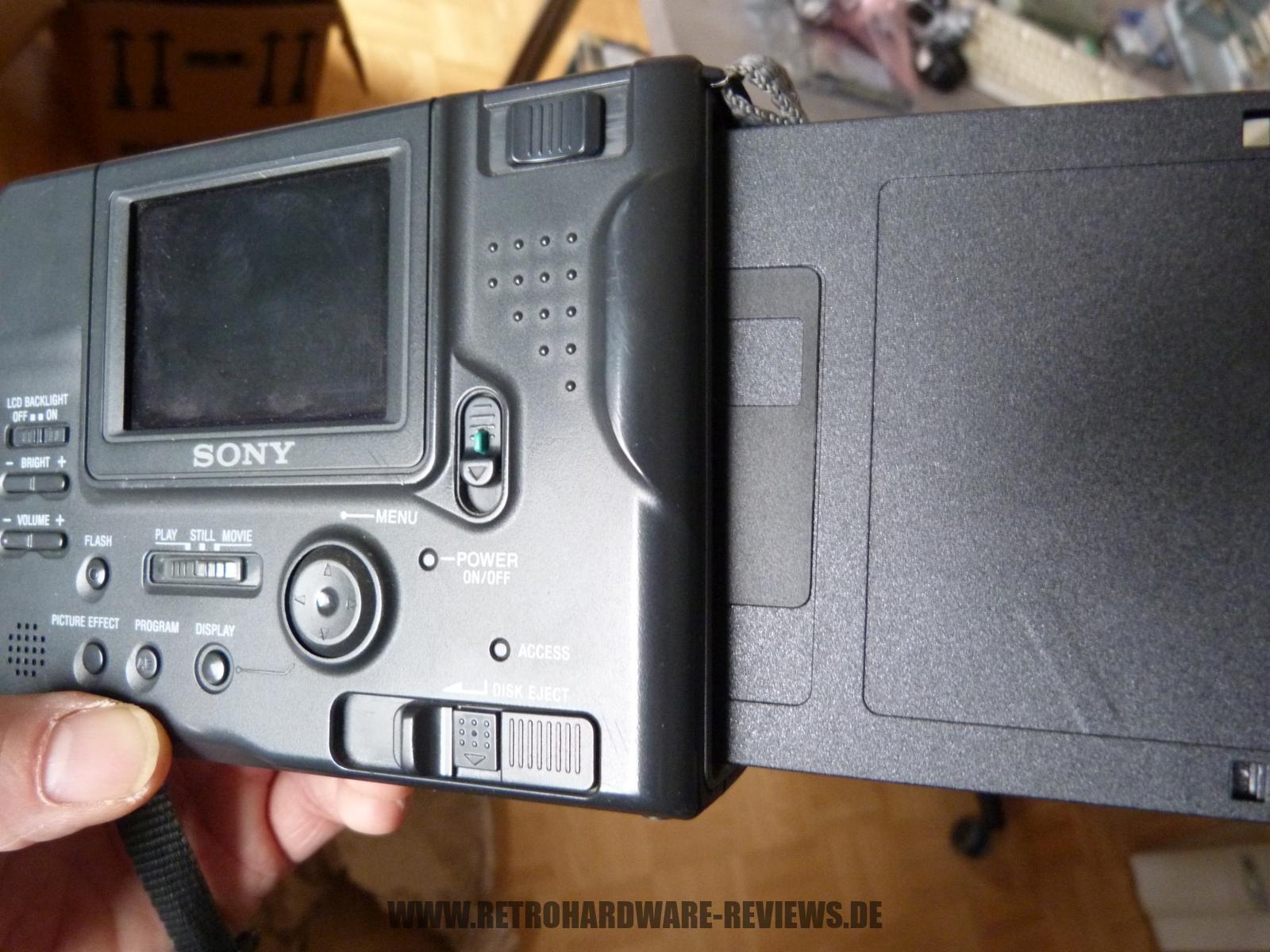
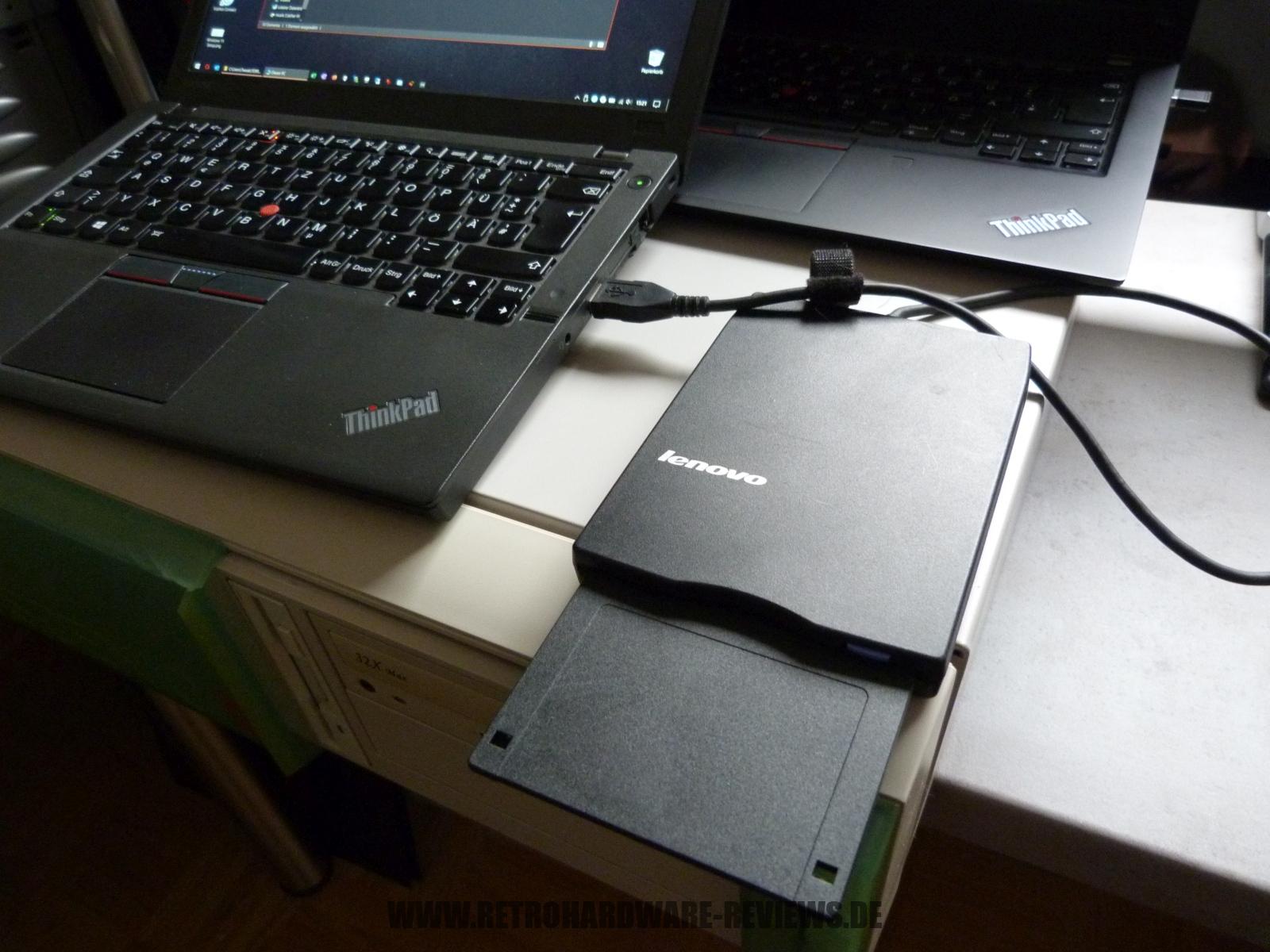
When you're done shooting (at this resolution, you can fit about six images on a floppy disk), you'll have to wait another couple of rattling seconds for the images to transfer to your PC. And then - finally - you can check how these look.
I personally enjoy taking pictures with the Mavica a lot, and I can recommend getting one, as long as the are relatively cheap and readily available.
Here are some additional sample pictures I took in different resolutions and with random motifs:





